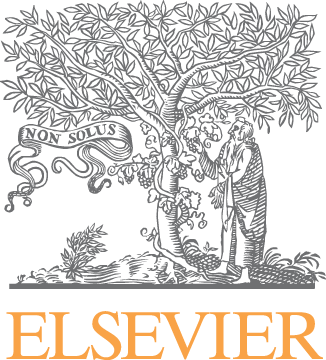Computers in Human Behavior 26 (2010) 1667-1673
 |
Contents lists available at ScienceDirect Computers in Human Behavior journal homepage: www.elsevier.com/locate/comphumbeh |  |
A survey of emotion encoding and interpretation in computer-mediated
communication: Reasons for channel choice Monica A. Riordan, Roger J. Kreuz The University of Memphis, USA
| A R T I C L E I N F O | A B S T R A C T |
|
Article history: Available online 14 Jul 2010 Keywords: Computer-mediated Emoticon Face-to-face Instant messenger |
As computer-mediated communication (CMC) is increasingly used to build and maintain relationships, the examination of channel choice for the development of these social ties becomes important to study. Using free response data from Riordan and Kreuz (submitted for publication), we examine reasons for choosing among face-to-face, asynchronous email, or synchronous instant message channels to transmit negatively or positively valenced emotional information. The most common reason for choosing face-to-face over channels of CMC was the ability to use more nonverbal cues. The most common reason for choosing a CMC channel over face-to-face was to shield oneself from the message recipient. Face-to-face was deemed more effective, more personal, more comfortable, and less permanent than CMC channels. Reasons differed significantly by valence and channel. We suggest that better knowledge of why people choose certain channels for different types of socio-emotional communication can help develop more comprehensive theories of CMC that account for different attributes of each channel in information transmission.
© 2010 Published by Elsevier Ltd.
|
Back to Roger Kreuz's home page